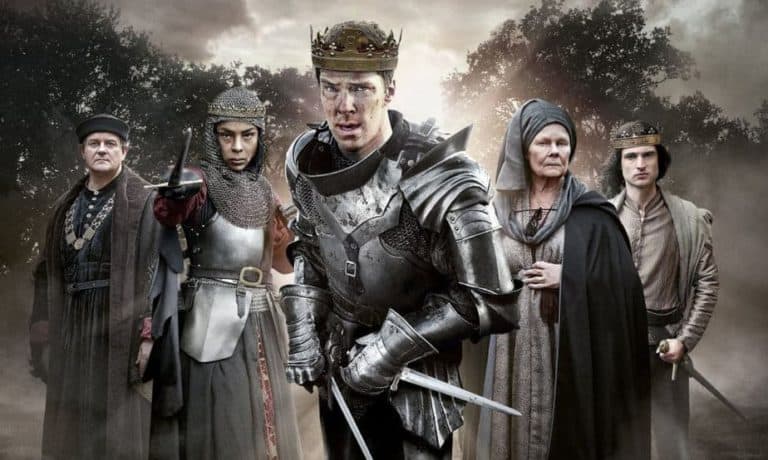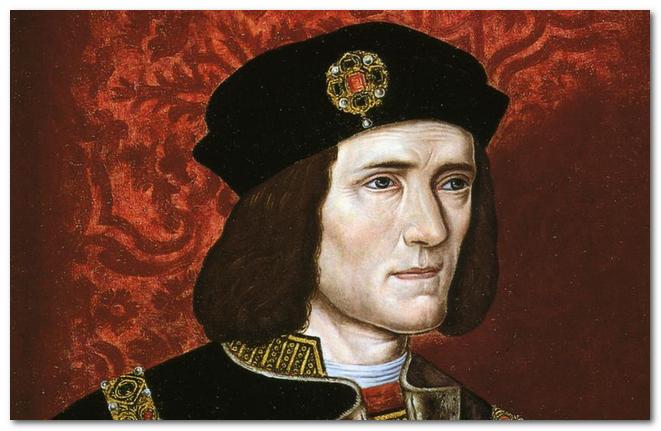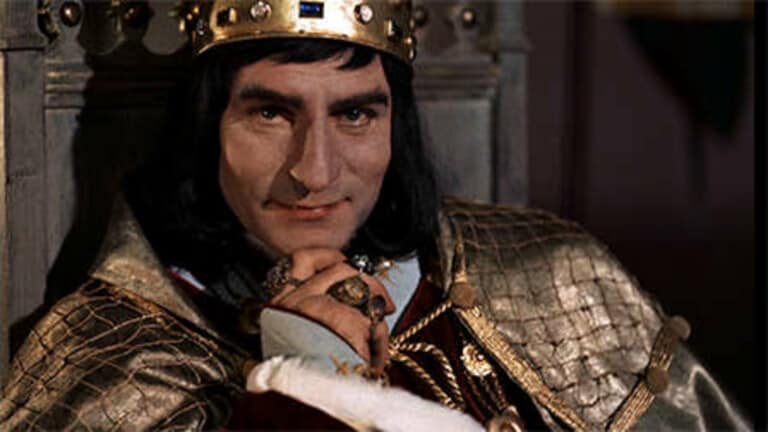Quatre ans après la première saison, The Hollow Crown est de retour sur BBC2.
Cette seconde saison est sous-titrée “The Wars of the Roses” (les Guerres des Roses) en référence à la période de l’histoire qui correspond aux événements des épisodes.
Cette saison se base sur la première tétralogie de Shakespeare : Henry VI, Part I; Henry VI, Part II et Henry VI, Part III sont condensés en seul film; et Richard III, dont le personnage est joué par Benedict Cumberbatch.
Les nobles anglais se querellent au sujet des guerres avec la France. Les nouvelles de la défaite des Anglais à Orléans parviennent jusqu’au Duc de Gloucester et des autres nobles. Après les funérailles d’Henry V, c’est son fils, le dauphin Henry VI, qui est proclamé roi.
Dix-sept ans plus tard, Henry est sur le trône alors que les rivalités à la cour continuent et la défaite des Anglais à Rouen par Jeanne d’Arc met le feu aux poudres entre les deux maisons : les York et les Lancaster, qui se retrouvent en opposition.


